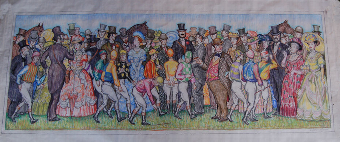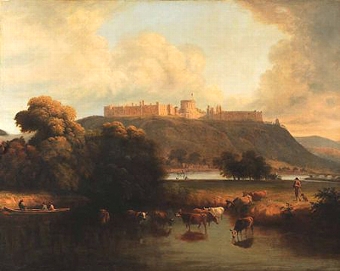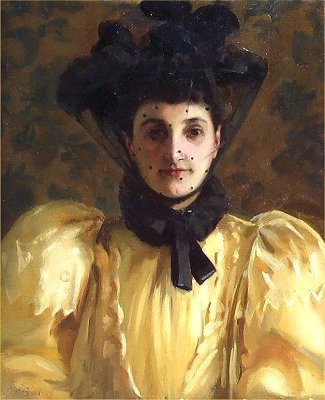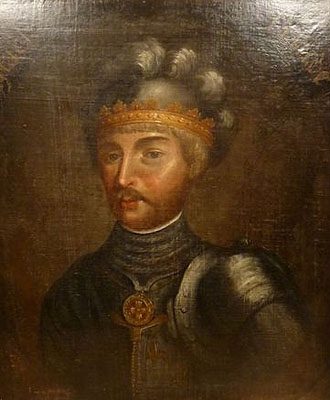saving the guns at colenso, 15th december 1899
- View other items in:
- antiques interior design modern and vintage
- other interior design
artware ltd
Enquire about this antique
Artware Ltd has 565 antiques for sale.
click here to see them all
The Hon Lieutenant Frederick Hugh Sherston Roberts, (1872-1899), the son of Field Marshal Lord Roberts, and Corporal George Nurse were both awarded the VC for their attempt to save the guns of the 14th and 66th Batteries, Royal Field Artillery, at the Battle of Colenso on 15 December 1899. Roberts was mortally wounded and died 24 hours after winning the VC.
On the 15th Buller launched a direct frontal attack using three brigades with artillery support from both the Royal Artillery and the guns of the Royal Navy. Two brigades were held in reserve. General Hart''s brigade was to cross the river and link up with General Hildyard''s brigade, which was first to take the town of Colenso. The third prong comprised the mounted troops commanded by Colonel Lord Dundonald, who were to provide enfilading fire support from Hlangwane Hill, once it had first been taken.
Dundonald''s mounted attack advanced on Hlangwane, which should properly have been an infantry objective. Around 800 Boers provided a spirited resistance and it took Dundonald three hours to extricate himself from a difficult situation.
Realising his hopeless situation, Buller decided at 11am to abandon his plans, which also necessitated the withdrawal of Colonel Long''s guns, for which volunteers were called to assist. During the first attempt, Lieutenant Freddie Roberts, only son of British Field Marshall Lord Roberts, was killed.
However, only two guns could eventually be saved, the remaining 10 guns being captured by the Boers after they crossed the river at 4:30pm and forced the remaining British troops guarding the guns to surrender, together with several ammunition wagons.
Total British losses during the engagement amounted to 145 killed, 762 wounded and 220 missing or taken prisoner. Boer losses were only 7 killed, one drowned and 30 wounded.
There are several sites around Colenso commemorating aspects of the battle. These include the Ambleside Military Cemetery which is open daily and where many men ? especially of the Irish regiment ? are buried. The Armoured Train Cemetery is worth visiting, as is the site where the Boers captured the 10 British guns. It also has a marker where Freddy Roberts fell.
Antiques.co.uk Ref: XACG66E6
- Materials:
- Oil on Canvas
- Width (cm):
- 60.96 x 193.04 (cm) (24 x 76 ins)
Artware Ltd
Artware Fine Art specialises in fine antique, decorative and historical portraits and topographical pictures . We cover a period from the 17th and 18th centuries through to the 19th & 20th Centuries. We have over 150 portraits in stock, which can be viewed on our web site, each historical portrait has well researched biographical information both on the sitter and the artist.
Contact details
18 La gare
51 Surrey row
London
Greater London
SE1 0BZ
UNITED KINGDOM
T: 0207 921 97904
E: greg@artwarefineart.com
W: www.artwarefineart.com














